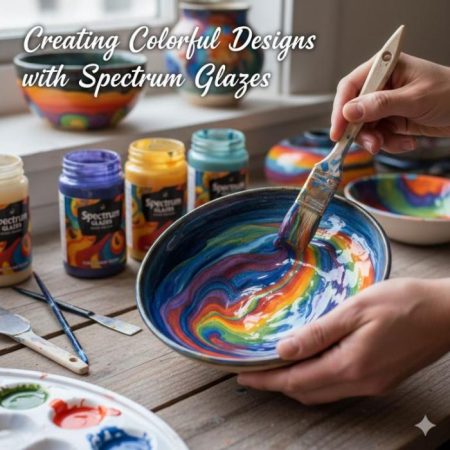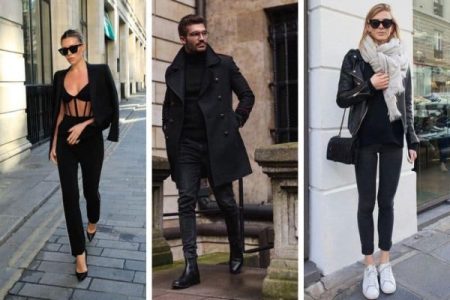If you’re an athletic apparel manufacturer or designer, you know how tough it can be to develop new ideas for your store’s line. The challenge is always to try to find that one idea that will catch the eye of everyone in the shop. Fortunately, there are a few tips and tricks that you can use to make this process easier.
Stretch Woven Fabric
Stretch woven fabric is designed to be comfortable and durable. It features a soft, matte finish. This material moves water away from your body and provides UVA and UVB protection.
Athletic apparel that uses stretch woven fabric is designed for the ultimate comfort during a challenging workout. They also provide UPF 50+ sun protection.
In addition, this type of fabric is moisture-wicking and ultralight. You can find stretch wovens in various materials, from very lightweight to heavier.
A good choice for stretching woven projects is polyester. These materials can be easily machine-washed. However, they should be fresh-cleaned.
Another type of fabric is Meryl, a nylon microfiber. There are many types of this fabric, including stretch jerseys, sweater knits, and meshes.
Stretch knits first appeared in athletic sportswear for athletes in the mid-1980s. They can be found in athletic shorts, T-shirts, sports bras, and dancewear.
Woven stretch fabric can be challenging to sew. It is essential to cut it flat. If you are unsure how it will fit, try a free sample. Most online retailers offer low-cost or free sample swatches.
If you are looking for a specific shade, you can print out a swatch to see how the color will look. The fabric’s printed color may not be accurate, so it’s best to use a shade you’re sure of.
One great feature of stretch fabric is that it can be rebounded back to its original size. It also is figure-flattering and dimensionally stable.
Traditional woven fabric can be uncomfortable if you bend over or raise your arms. When working out, having clothes that move with you is critical.
If you are looking for a lightweight fabric, consider the shop fabrics idea for athletic wear for your reference. It’s a cross between a light stretch woven and a compressive mesh. With its great time, this fabric is perfect for tummy control linings, pocketing, and various other needs.
Tri-blend Fabric
Tri-blend fabrics are not only stylish, but they are also durable, breathable, and comfortable. They are also an excellent choice for athletic wear. And since they are made from organic materials, they’re good for the environment.
It’s been around for a few years now. This fabric blends 50% polyester and 25% ring-spun cotton. Compared to 100% cotton, it’s lighter, softer, breathable, and has a bit of stretch.
Polyester is synthetic but very durable and resistant to environmental conditions. It’s often combined with natural fibers to make a solid and supple material. The resulting tri-blend has all the characteristics of a polyester/cotton blend but with a softer feel.
Cotton is the most common fabric in the world. It’s a natural textile derived from fibers surrounding the seeds of cotton plants. There are four types of cotton based on the length of the fibers. Each type differs by the country in which it was grown.
Rayon is a semi-synthetic material, but it’s much softer than it sounds. Initially, it was developed to replace silk, but it’s now used for its draping properties.
A good tri-blend can also be a creative tool. Depending on the fabrics used, it can give your design a vintage look. It can also be used to create a more functional shirt.
The tri-blend is more durable than a 50/50 cotton/polyester blend. It dries fast and is an excellent moisture-wicking material. However, it’s also a bit more expensive.
Since tri-blends can be expensive, it’s best to be cautious when choosing materials for your garment. For example, if the fabric is heat-sensitive, it’s best to stick with cotton.
Tri-blends are an excellent option for sportswear, retail markets, and promotional apparel. Their unique look and design will keep customers coming back for more.
High-tech Clothing Trend
High-tech clothing has become a buzzword, especially with the rise of the Internet of Things (IoT). With bright clothes, wearers can access real-time activity data, including body temperature and biometric data. These innovations can improve productivity and security. They are also a way to monitor health and ensure that clothing is fit for the job.
The fashion industry is adapting to a changing technological landscape, integrating digitalized manufacturing processes and new fibers. This helps the industry reduce its environmental footprint and provides consumers with a better experience.
Some examples of high-tech fabrics include 4D fabrics that change shape depending on temperature or exposure to light. These materials are also water-repellent and offer anti-bacterial properties.
Another notable innovation is the use of 3D printing in producing apparel. A 3D printer can print the perfect size garment for any wearer. This technology allows intricate digital designs to be printed exactly as they should be, without errors.
There are also other technological advancements in the clothing space. One example is the introduction of conductive polymers into textiles. It makes them conductive, which can help the wearer receive and transmit information.
While some of these technologies are still in the research phase, others are already used by leading brands. For instance, Google and Levi’s have collaborated on a jacket that uses advanced fibers to help the wearer feel comfortable biking.
In addition to the technological aspects, the fashion industry has also started incorporating sustainable practices. Brands are implementing supply chains to produce synthetic clothing. Many of these brands focus on loungewear and activewear.
Fashion companies are expected to invest 3% to 3.5% of revenue in technology by 2030.






